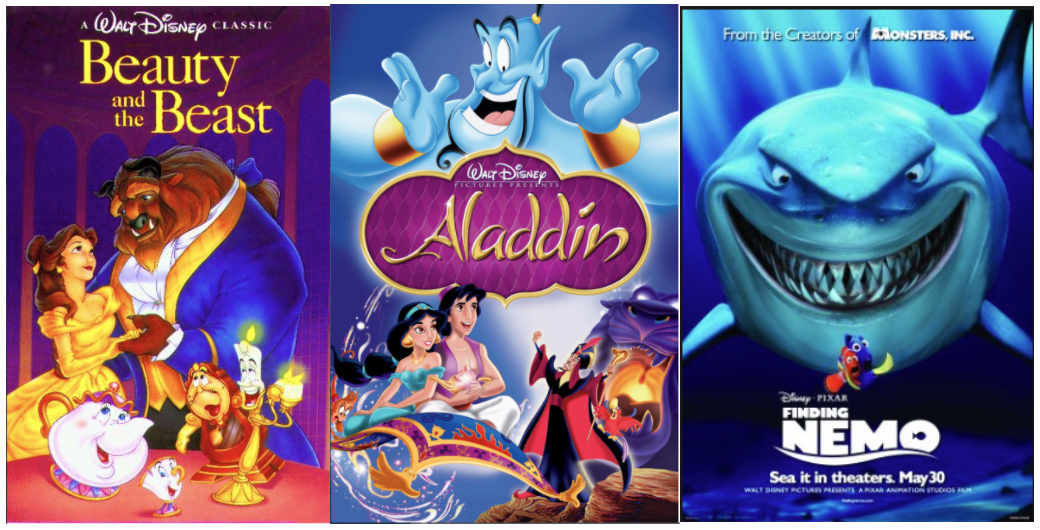Let me start by saying it’s not that I don’t wish other people well. I do. It’s just that I don’t find their well being all that interesting.
I’ve seen enough life by now to know that behind every Instagram post of someone blissed out on the beach, there’s a two-hour drive with spotty air conditioning, an itchy sunburn in that spot between the shoulder blades no human arm can reach, and an $87 snack shack lunch purchased after an epic fight over who left the cooler on the kitchen counter.
Most positive experiences are wasted on the brain.
I kind of glaze over when someone tells me how beautiful Italy was or how cute their preschooler acted. It’s nice. I’m with you. Now tell me something interesting.
“Most positive experiences are wasted on the brain,” according to U.C. Berkeley neuropsychologist Rick Hanson. “As our ancestors evolved, they needed to pass on their genes. Day-to-day threats like predators or natural hazards had more urgency and impact for survival. On the other hand, positive experiences like food, shelter, or mating opportunities, those are good, but if you fail to have one of those good experiences today, you would have a chance at one tomorrow.” Even as we seek the comforts of perfection, our brains are scouring the landscape for flaws.
Interesting catches our attention because it teaches us something new, while perfect is the owner’s manual of a car we’ve driven for years. Perfect, flawless and infallible? Forgettable. Flawed, vulnerable and ridiculous? Interesting.
Any preschooler with a degree in Disney knows to root for the orphan or misfit and not the pampered prince or powerful queen.

If you want a crash course in this, Youtube some clips of wildly popular stand-up comics like Ali Wong, Jim Gaffigan or Hannah Gadsby. They’re all members of the elite special forces of interesting, routinely exposing their own flaws and failures.
But you don’t have to be a standup comic to know what keeps a story or a conversation interesting. Any preschooler with a degree in Disney knows to root for the orphan or misfit and not the pampered prince or powerful queen. There’s no such thing as a hero who hasn’t failed or stumbled along the way. Struggle is the universal currency that turns a hero into one of us, and vice versa.
Our marrow-deep desire for the world to see us in the best light doesn’t make us bad people. It just makes us uninteresting.
We know on a gut level the kinds of things that make us laugh, tune in, buy tickets and turn pages. And yet when it’s our turn to be interesting, like lemmings off a cliff, we all compulsively post waterfall hikes and new puppies. Our marrow-deep desire for the world to see us in the best light doesn’t make us bad people. It just makes us uninteresting. Which may not be such a big deal if you’re talking about the outcome of your child’s soccer game, but what if the stakes were higher?
Brands routinely pay hundreds of millions of dollars to launch perfect balloons of shiny-bodied hero shots and over-the-top superlatives, only to watch them deflate on impact with consumers who have moved on.
For example: Grey Goose vodka, which has been hanging on to its premium frostiness since the late ‘90s. Grey Goose ads are famously aspirational and chilly, divorced from time and place:
Even their most recent campaign, Live Victoriously, which is meant to make the brand feel more accessible and create a greater emotional connection with consumers, falls short of escaping the Perfection Vibes:
On the beach. With platters of perfectly fanned fruit.
Even while snapping its fingers in a jaunty hat, Grey Goose can’t seem to stop trying (hard) to appear flawless. Resisting that urge is how once smaller and scrappier vodka brands like Tito’s (whose story is way less about aspirational, ice-cold luxury and way more about a dude in Texas infusing vodka at home while his rescue dogs bark in the background) have been able to punch their way up into snagging so much of Grey Goose’s market share.
To avoid being lost in a landscape of perfect-but-dull, break open the Disney vault and remember what captivated your developing brain when you were still in Osh Koshes: weak against strong, good versus evil, underdogs, oddballs and longshots. These are the stories, and brands, we call interesting.

